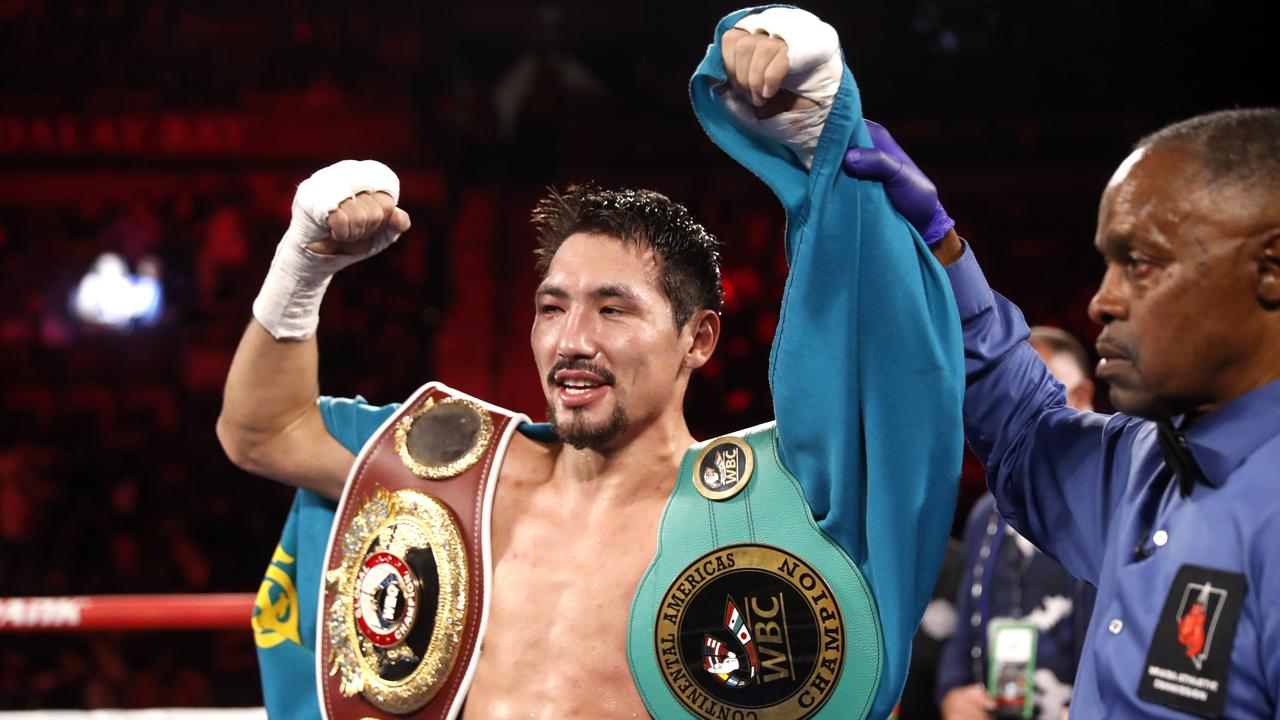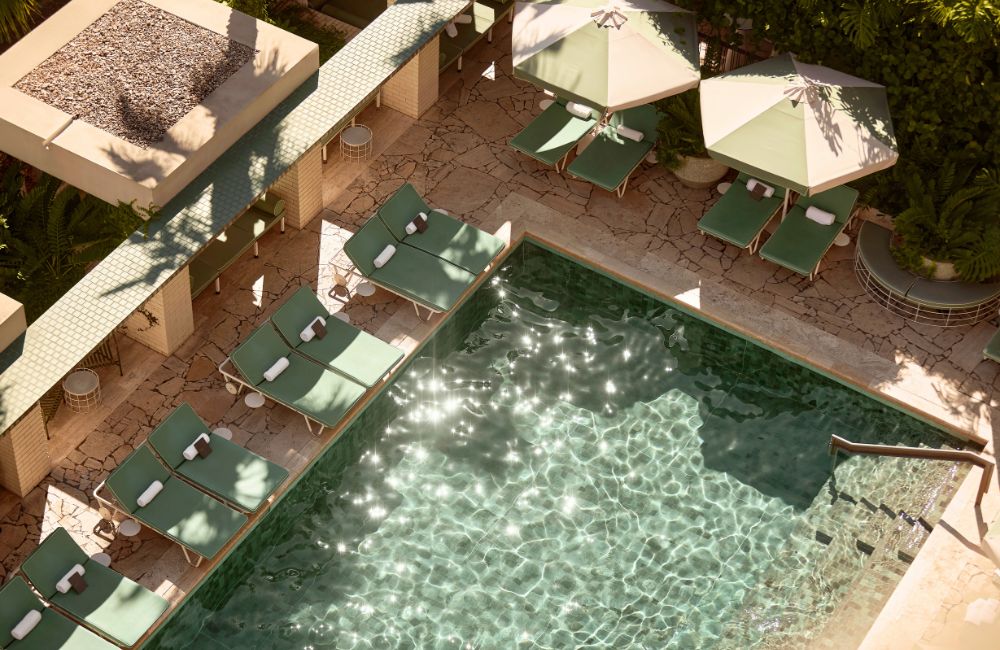6 Global Influences Shaping Aussie Homes – realestate.com.au

- by Admin
- July 5, 2024

Look around any Australian neighbourhood or city and you’ll find influences in architecture and lifestyle from around the world.
Australian homes and cities are unique melting pots of architectural inspirations, drawn from our diverse cultural heritage and geographic location. This exciting blend continues to evolve as our population grows and changes.
We’ve explored what makes Australian homes special, delving into the cultural and historic moments that have influenced their design to celebrate our uniquely Aussie style of living.
From the inter-war home building booms on quarter-acre blocks to inspiration drawn from densely populated Asian capitals, our homes mirror the cultural moments of their creation. Understanding this history is crucial as we design homes for future generations of Australians.
One of our leading home builders, Frasers Property Australia, celebrating 100 years in the industry, has embraced influences from around the world while enabling the uniquely Australian way of life.
Hallum Jennings, design director at Frasers Property Australia, explains that while much has changed over the years, there are beloved styles and features we continue to turn to. With modern technology, homes can now deliver even more on lifestyle and comfort.
Here are seven global design trends that have influenced Australian homes and cities.
1. British Colonial
When the British colonised Australia, they used traditional architecture from the UK to create their new homes Down Under. Many of these properties still populate our major towns and cities today, lasting the test of time and often heritage protected.
Victorian, Federation and Georgian architecture are common styles embraced by many modern Australians.
Victorian homes have hallmark features showcasing skilled craftsmanship including decorative ironwork, cornicing and parquetry floorboards.
Most residents today maintain the facades of these homes but renovate the interiors to allow in more natural light and open-plan living spaces.
2. Mid-Century
Mid-century style originated on the west coast of the US when architects were bringing modernity to post-second-world-war suburbs.
This style which embraced large open living spaces, seamless indoor-outdoor floorplans and often a lifestyle centred around entertaining also found its way to Australia when European architects migrated here.
Today, original mid-century houses in Australia are highly sought-after with well-known pockets populated by this era of architecture.
Beaumaris in Victoria is one of these suburbs where rare gems by the likes of Robin Boyd still draw the gaze of mid-century fans.
3. Mediterranean
Large Italian and Greek populations immigrated to Australia post World War II and there continues to be a heavy influence on lifestyle and design in Australia – thanks to our Mediterranean friends and multicultural heritages.
Prominent archways, terracotta roofs and colourful patterned tiling are all features of Mediterranean design which Australians gravitate towards.
Stylish outdoor living is one of the major design elements from the Mediterranean that Australians have embraced with alfresco dining areas and pools both common fixtures of the modern Australian home which is ideal for our warmer climate.
One of the hallmarks of modern Australian home design is seeing the outdoors as an extension of our living spaces, explains Mr Jennings.
“Australians generally like to entertain, so having access to outdoors in terms of an outdoor terrace or dining space is most definitely something our buyers look for,” he adds.
4. Minimalism
Japanese and Scandinavian design principles focus on a minimalist aesthetic with streamlined styles that complement modern Australian homes.
These designs feature uncluttered spaces, high-quality, long-lasting materials, and a seamless connection between indoor and outdoor living.
Minimalist homes are embraced by those that love simplicity and authenticity.
In such a modern stressful life which can often be stimulus overload, this sort of design enhances the feeling of home being a retreat or place to find peace and quiet from the outside world.
5. Eco-friendly and sustainable design
With growing concerns about the climate crisis, many homeowners from across the world are investing in the future by purchasing houses and moving into communities that have strong environmental considerations.
Ecovillages began decades ago with examples like Findhorn in Scotland, The Farm and EcoVillage in the US. The original concept of minimising the environmental footprint of our homes and communities is one that developers today in Australia are taking into account to attract mindful buyers.
Ed.Square in Sydney, viewed from above, highlights Frasers’ commitment to sustainability with its extensive array of solar panels.
Frasers Property is a leader in carbon-reducing initiatives across their home offerings, celebrating responsibly sourced services and materials, and providing clean energy to empower communities to contribute to the environment.
Impressively, eleven of their communities are certified under the Green Star Communities tool, having achieved a six-star rating.
“Europe is vastly ahead of us here in Australia in terms of a sustainability…but we are designing green homes which are more cost effective to run, to heat, to cool and making sure that the building fabric is well insulated, and we use double glazing,” said Mr Jennings.
6. High-Density Living
As the Australian population grows our home designs are becoming better at optimising for space. Rather than building bigger, we’re creating smarter homes that enable us to benefit from central locations.
To live within close proximity to the city at an affordable price, apartment living is a top choice for many residents.
Aussie home builders are leaning into the international trend of increasing density.
High density living is commonplace in many international cities including Hong Kong, New York and London with high rise buildings being characteristic features of these destinations.
Now, major cities in Australia now taking on a similar look. Melbourne CBD is a prime example where the city skyline is constantly growing.
Want to learn more about Frasers Property Australia?
The Latest News
-
September 20, 2024Graham Arnold departs as Head Coach of the Subway Socceroos
-
September 20, 2024Travis Head powers Australia to big win in first ODI | Betting Site
-
September 20, 2024Palestinians in Australia left in limbo as visa doesn’t allow for work or study rights
-
September 20, 20242024 Heath Ledger Scholarship finalists announced | ScreenHub Australia – Film & Television Jobs, News, Reviews & Screen Industry Data
-
September 20, 2024Ash Gardner being monitored ahead of Sunday’s T20 after head knock during Mackay pre-game



